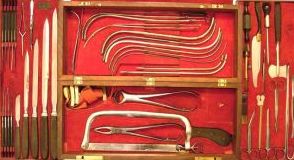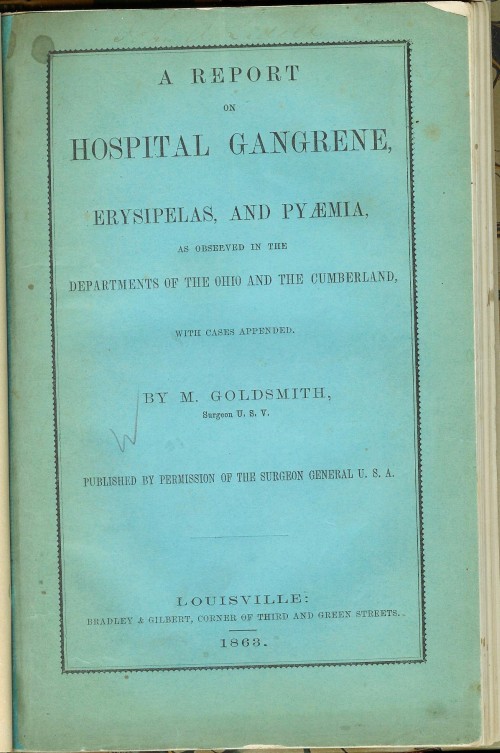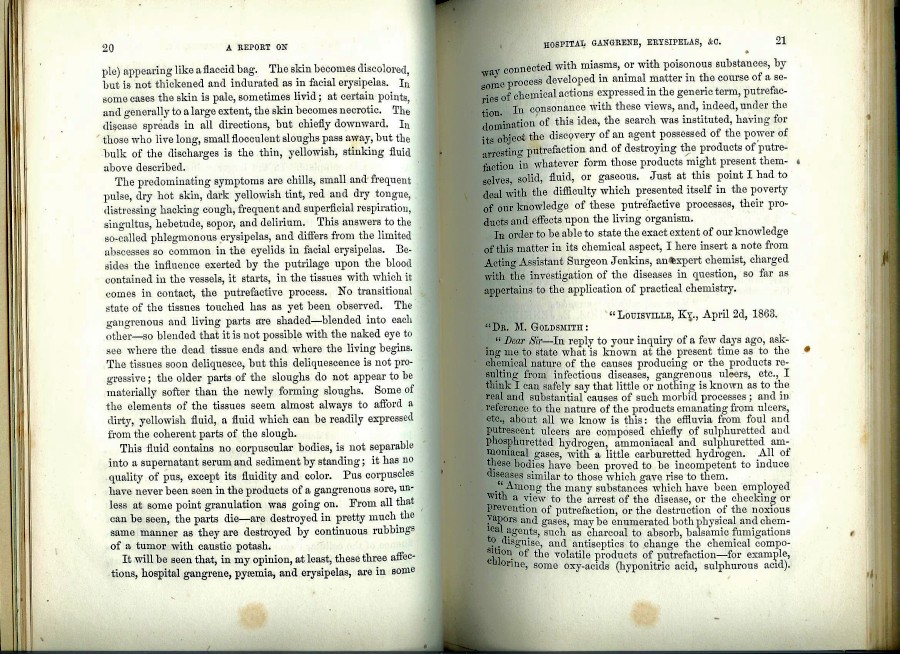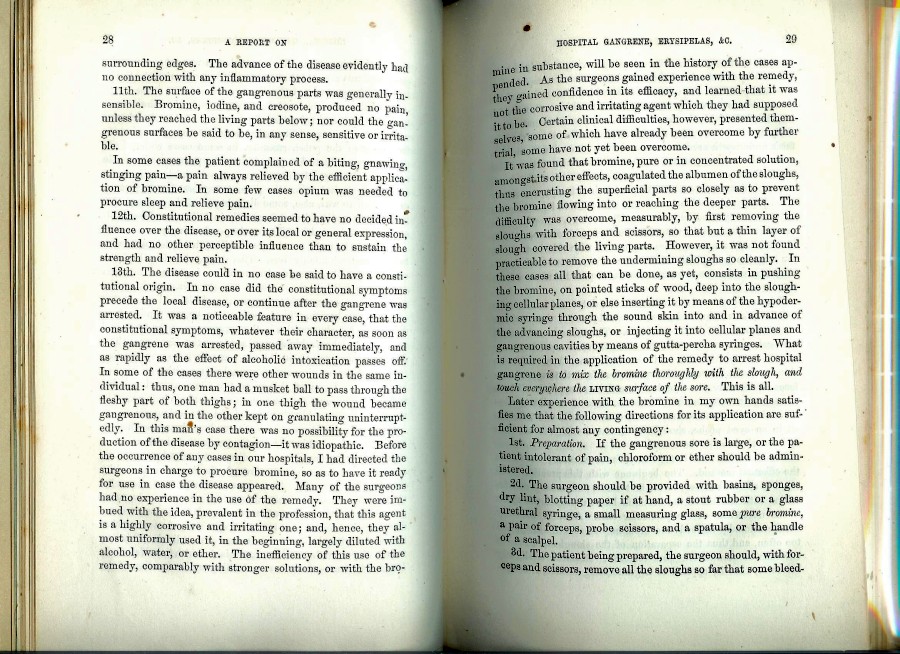Authentic Period Civil War Medical Items  Civil War Surgical Sets Medical Text Books and Surgical Manuals Articles on Civil War Medicine See our Articles On Civil War Medicine |
Hospital Gangrene During The Civil War - Civil War Medicine
by Dr. Scott Watson


